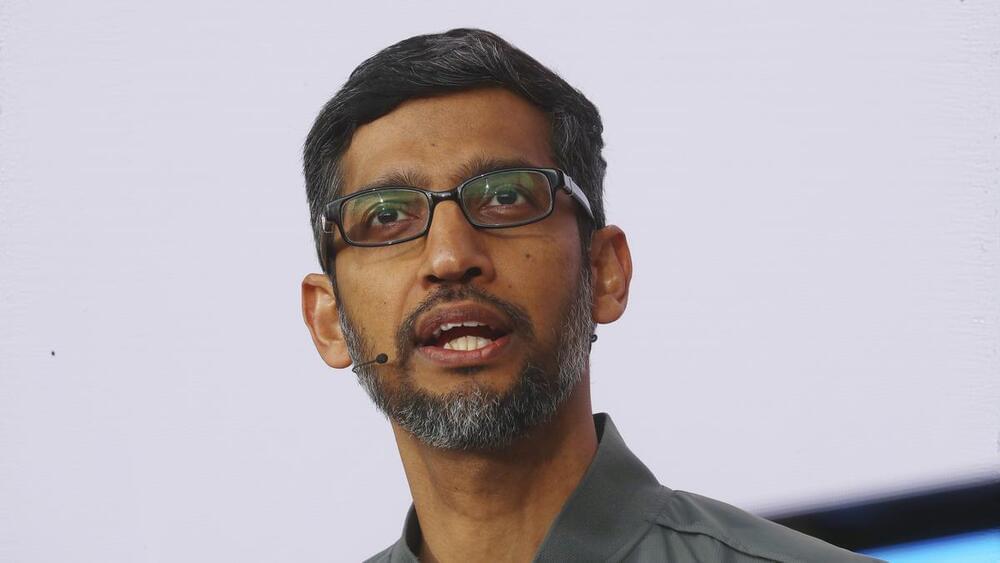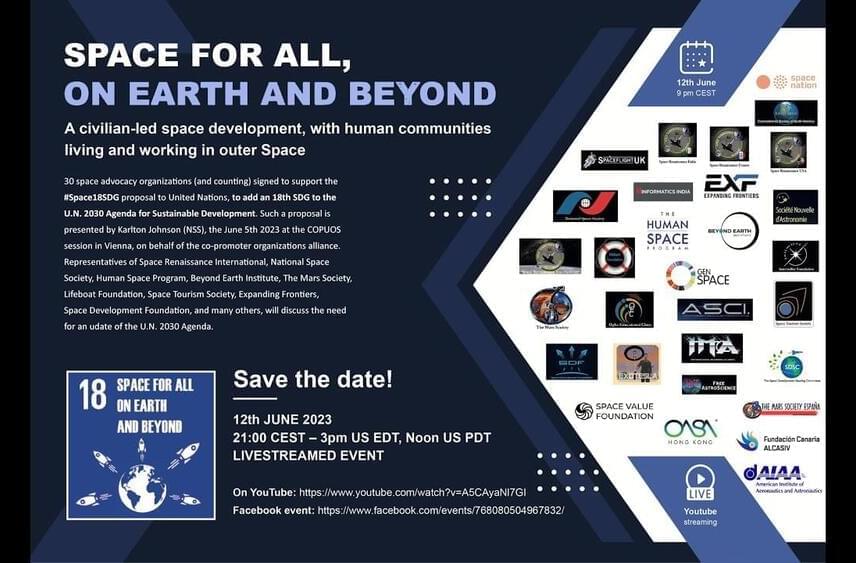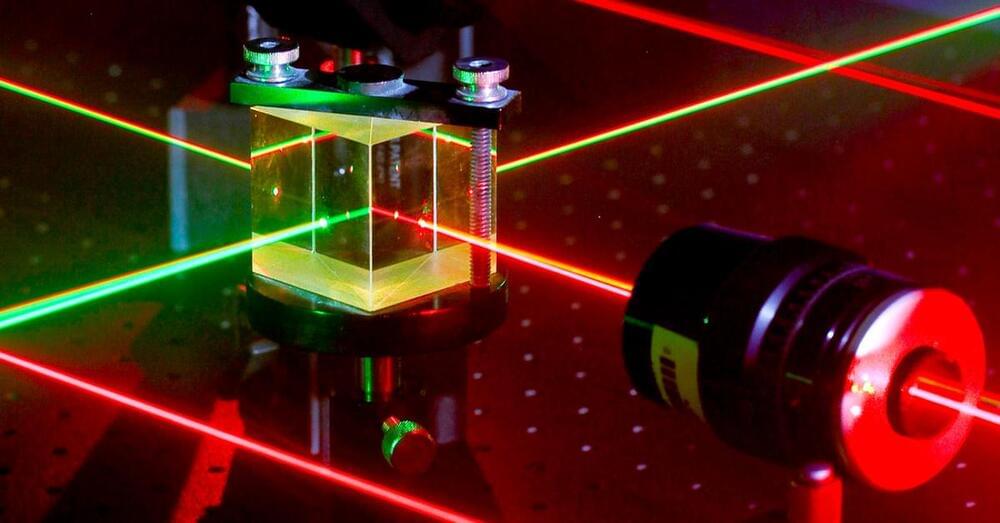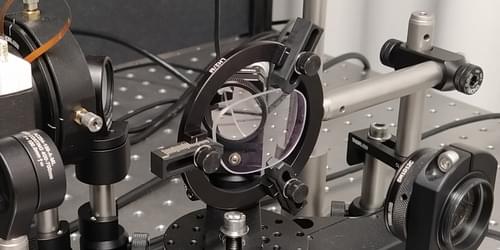Jun 3, 2023
Revolution in Physics: First-Ever X-Ray of a Single Atom Captured
Posted by Saúl Morales Rodriguéz in categories: biotech/medical, quantum physics
Atom for the first time. Using a pioneering technique known as synchrotron X-ray scanning tunneling microscopy (SX-STM), the team was able to identify and characterize individual atoms, opening new possibilities in environmental, medical, and quantum research.
A team of scientists from Ohio University, Argonne National Laboratory, the University of Illinois-Chicago, and others, led by Ohio University Professor of Physics, and Argonne National Laboratory scientist, Saw Wai Hla, has taken the world’s first X-ray SIGNAL (or SIGNATURE) of just one atom. This groundbreaking achievement was funded by the U.S. Department of Energy, Office of Basic Energy Sciences, and could revolutionize the way scientists detect materials.


















